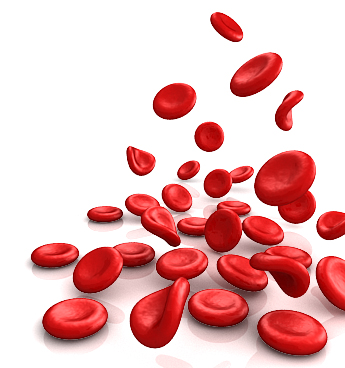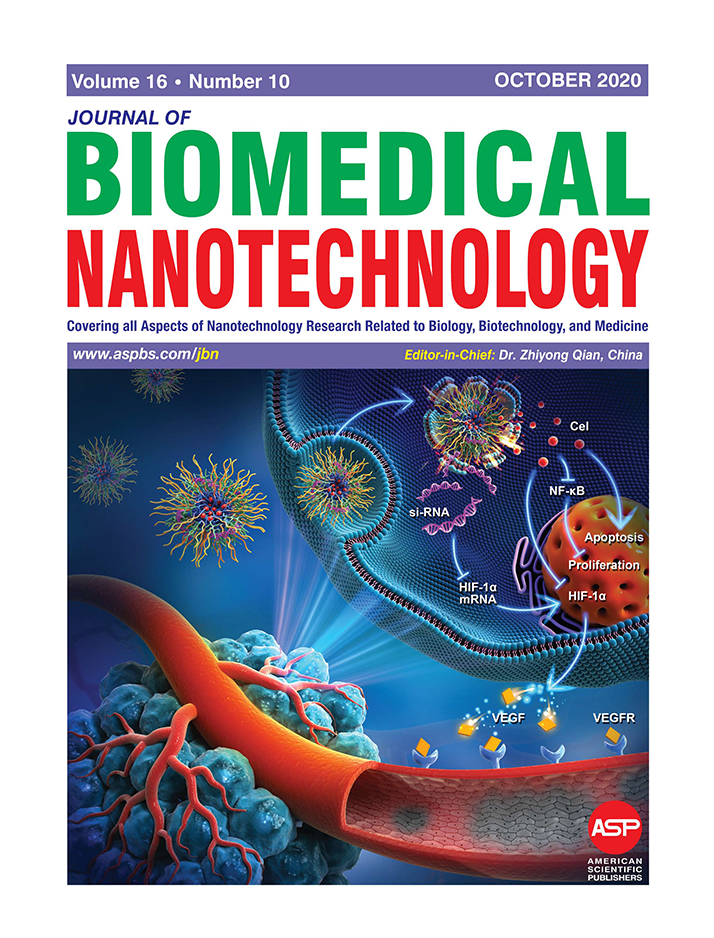Retinoblastoma (RB) makes up about 3% of all childhood malignancies. Chemotherapy is commonly applied for RB treatment, while the clinical effectiveness varies significantly due to the cancer therapeutic resistances. Hypoxic tumor microenvironment, a hallmark of all tumors, is strongly associated with malignant progress and therapeutic resistances. The hypoxia mainly promotes the angiogenesis by upregulating pro-angiogenetic pathways. In this work, polymeric micelles are used as the carrier to deliver celastrol and siRNA to RB cells for achieving synergistic anti-tumor and antiangiogenesis effects. The micelle vectors have shown effective cellular internalization and release of loaded-celastrol and HIF-1 siRNA. The co-delivery system specifically and synergistically inhibits the expression of HIF-1α and VEGF in RB cells, suppresses the HIF-1α /VEGF/VEGFR signaling pathway, and impedes the proliferation, migration, and invasion of vascular endothelial cells. The polymer micellar carrier that co-delivers HIF-1α siRNA and celastrol is used for antiangiogenic and antitumor therapy of RB. Altogether, the results show that our polymeric micelle delivery system can be used to overcome barriers of drug resistance induced by angiogenesis and develop new drug/siRNA combinatory therapies.
原文链接
http://www.aspbs.com/JBN/contents_jbn2020.htm#v16n10









